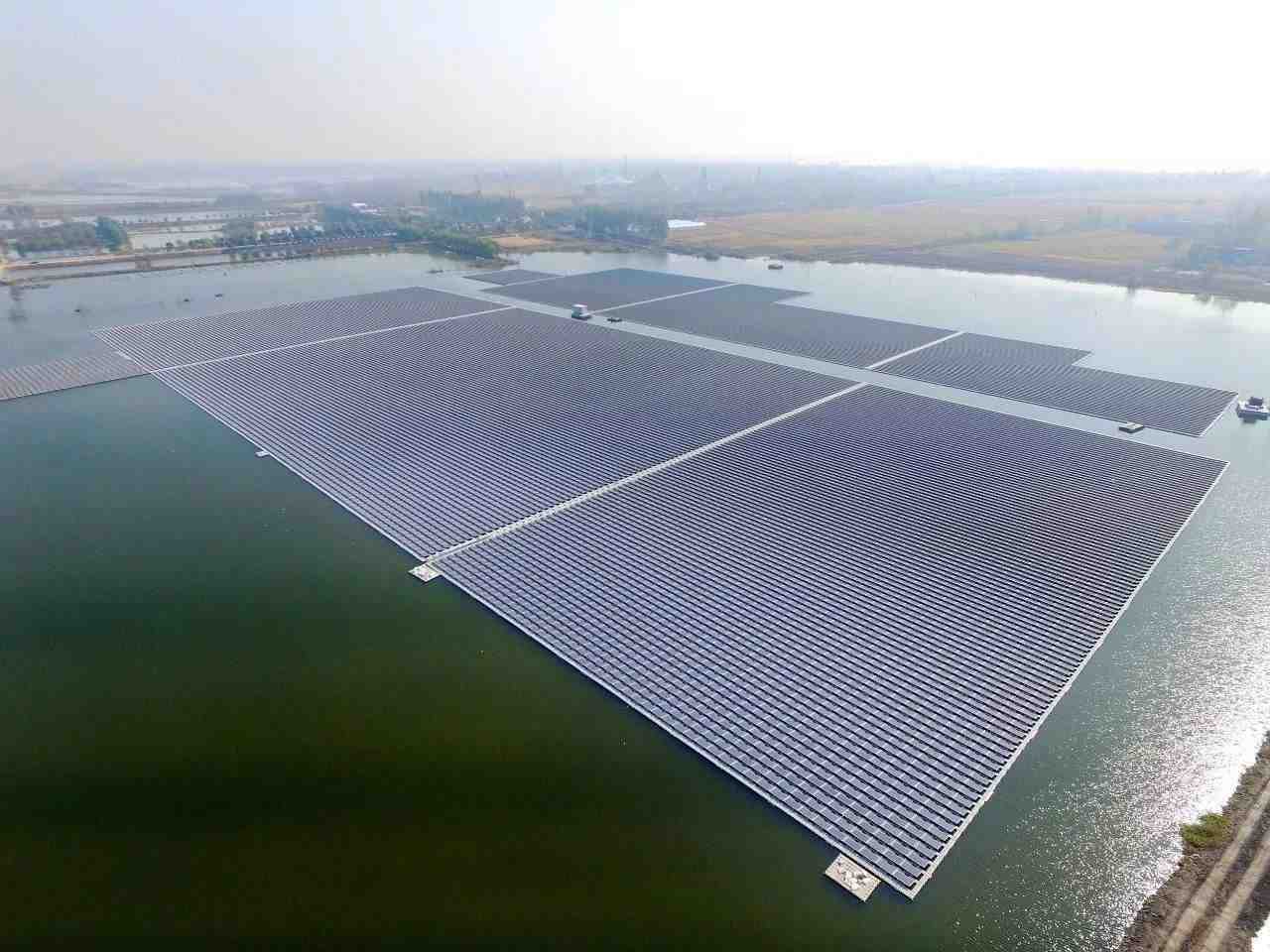The project is located in Amur State in the eastern region of Russia, and is jointly built by Russian Hydropower Group and Russian photovoltaic enterprise Hevel Solar. The project covers an area of 474 square meters, with 10 rows of photovoltaic modules installed, with a total installed capacity of 52.5 KW and an energy storage system of 115.2 Kwh. It is reported that the project will mainly supply power to the nearby Nizhne-Bureyskaya hydropower station, which can meet the daily operation demand of the hydropower station.
As a supplier of solar modules and technologies, the relevant person in charge of Hevel Solar said: "Combined with the optional topography of the project, the water area in the reservoir area of the hydropower station is the most suitable one, so the floating photovoltaic technology route is selected. The project is located on the water surface, and the installation environment and terrain are not complicated. The floating solar mountings are not very difficultly installed. The installation angle of the components is the same, and they are all installed at an inclination angle of 15 degrees. "
According to the above person in charge, the main power generation device of photovoltaic power station is solar module, which is easy to install and disassemble. It has strong mobility. In order to fix the components on the water stably, the project company selected the connection device is similar to the floating bridge during operation. "Compared with ordinary photovoltaic power stations, the construction period of floating photovoltaic power stations is shorter. If the water area in the reservoir area of Nizhne-Bureyskaya hydropower station changes in the future, the site of photovoltaic power station will need to be changed. The project company can also realize rapid demolition and reconstruction. "

In this context, Russian energy companies are enthusiastic about investing in renewable energy projects. Both private enterprises and public utilities are actively involved in the development of renewable energy industry.
It is known that at present, Hevel Solar is the largest photovoltaic enterprise in Russia, with photovoltaic power stations with an installed capacity of more than 600 MW, and nearly 500 MW photovoltaic power station projects are under construction or to be built. Previously, the company has been planning to build off grid photovoltaic power stations in eastern Russia, but it has not been implemented.
Photovoltaic Magazine pointed out that improving electricity demand in eastern Russia is also the goal of the Russian government. To this end, the Russian government is actively seeking investment. The cooperation between Russian Hydro Group and Hevel Solar can be described as a strong alliance.
"The eastern part of Russia has a small population density, and it is relatively poor. And it lacks energy infrastructure, and cannot obtain power through traditional means such as power grid. The construction of photovoltaic power stations with energy storage devices has become an effective way to solve the power demand in the region," Hevel Solar said it is in its statement.
At the same time, Russian Hydro Group also hopes to expand the company's renewable energy business by building off grid photovoltaic power stations. As early as 2017, the Russian Hydro Group had said that it hoped to deploy small and medium-sized off grid photovoltaic power stations in the Russian Far East federal region, with a planned construction scale of more than 100 MW.
